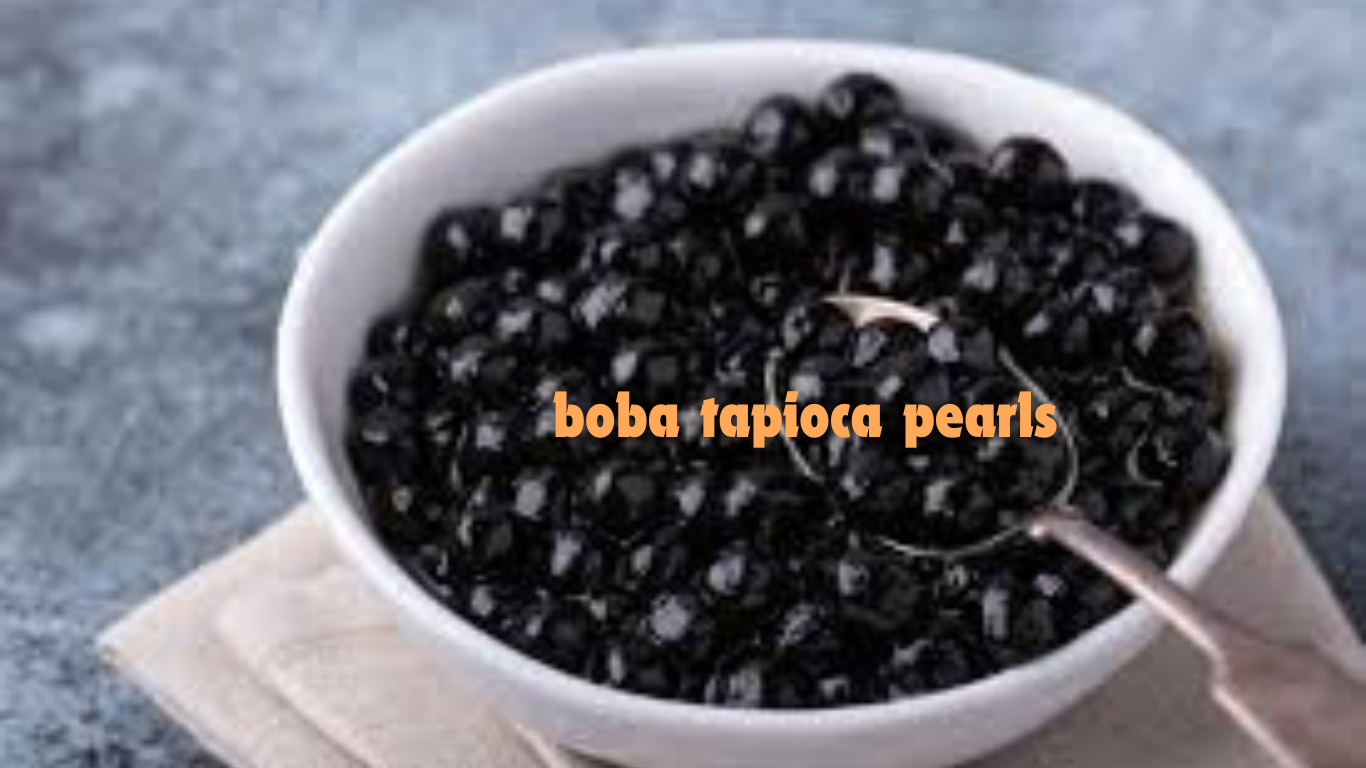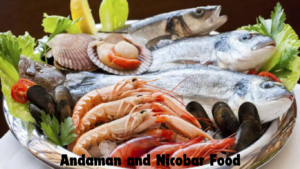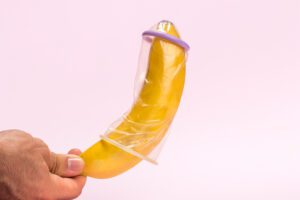Introduction
Boba tapioca pearls, commonly found at the bottom of bubble tea (also known as boba tea), have become a global phenomenon. These chewy, marble-sized pearls made from tapioca starch have gained immense popularity due to their unique texture and ability to enhance the drinking experience. Whether you’re a bubble tea lover or just curious about boba, this comprehensive guide will delve into everything you need to know about tapioca pearls — from their origins and how they’re made to their health benefits and how to cook them perfectly.
What Are Boba Tapioca Pearls?
Boba tapioca pearls are small, round balls made from tapioca starch, which is derived from the cassava root, a tropical tuber native to South America. These pearls are typically black, translucent, or even colorful, depending on the ingredients and preparation method. When cooked, they become chewy and gelatinous, adding an enjoyable texture to drinks and desserts.
Origins of Tapioca Pearls
The origins of boba tapioca pearls trace back to Taiwan, where bubble tea was invented in the 1980s. The original bubble tea consisted of milk tea combined with sweetened tapioca pearls. As the drink became more popular, the pearls became larger and took on different flavors and colors. Today, bubble tea with boba is an iconic part of Taiwanese culture and has spread across the world, with boba shops popping up in every major city.
Types of Tapioca Pearls
Tapioca pearls come in various types and sizes, each offering a different flavor and texture. Here’s a breakdown of the most common types:
1. Black Tapioca Pearls
Black tapioca pearls are the most recognizable type found in bubble tea. These pearls get their dark color from added ingredients such as brown sugar or caramel, which also gives them a slightly sweet flavor. Black boba pearls are typically the default option at most boba shops.
2. Clear Tapioca Pearls
Clear tapioca pearls are made purely from tapioca starch and water, without any added color or flavoring. When cooked, they become translucent and take on the flavor of the drink or syrup they are served with.
3. Mini Tapioca Pearls
Smaller in size than regular tapioca pearls, mini tapioca pearls are commonly used in dessert soups and puddings. They cook faster and have a lighter, less chewy texture, making them ideal for lighter, creamier drinks.
4. Flavored or Colored Tapioca Pearls
Flavored boba pearls can be infused with different syrups like mango, strawberry, or green tea, adding both color and taste. These pearls are often used in fruit-flavored bubble teas to enhance the overall flavor experience.
How Are Boba Tapioca Pearls Made?
Making tapioca pearls involves a simple yet precise process. Below is a general overview of how these chewy pearls are made:
Ingredients Needed:
- Tapioca starch (from cassava root)
- Water
- Sweeteners (optional, for flavor)
- Food coloring (optional, for color)
Step-by-Step Process:
- Mixing the Dough: The tapioca starch is combined with water and kneaded into a dough. If the pearls are to be colored or flavored, sweeteners and food coloring are added during this step.
- Forming the Pearls: The dough is rolled into small, round balls, typically around 1/4 inch in diameter. For mini pearls, the dough is rolled into even smaller balls.
- Boiling the Pearls: The formed pearls are boiled in water until they float to the surface. Boiling times vary depending on the size of the pearls, with larger pearls taking longer to cook.
- Soaking in Syrup: After boiling, the pearls are soaked in sugar syrup or honey to enhance their flavor and prevent them from sticking together.
How to Cook Tapioca Pearls at Home
Cooking tapioca pearls at home is quite simple, though it requires attention to detail. Here’s a step-by-step guide on how to cook boba tapioca pearls:
Ingredients:
- 1 cup of dried tapioca pearls
- 8 cups of water
- ½ cup of sugar (for syrup)
Instructions:
- Boil the Water: Start by boiling 8 cups of water in a large pot.
- Add the Pearls: Once the water reaches a rolling boil, slowly add the tapioca pearls while stirring to prevent them from sticking together.
- Cook the Pearls: Let the pearls cook for 20-30 minutes, depending on their size. Stir occasionally to prevent them from sticking to the bottom of the pot.
- Rest and Soak: After cooking, remove the pot from heat and let the pearls sit for an additional 15-20 minutes.
- Drain and Rinse: Drain the pearls and rinse them with cold water to stop the cooking process.
- Soak in Syrup: For added flavor, mix the cooked pearls in a simple syrup made from sugar and water. Let them soak for at least 10 minutes before serving.
Health Benefits of Tapioca Pearls
While tapioca pearls are often seen as a fun treat in bubble tea, they do offer some nutritional value. Here are a few health benefits of boba tapioca pearls:
1. Gluten-Free
Tapioca pearls are naturally gluten-free, making them a suitable option for those with gluten sensitivities or celiac disease.
2. Source of Energy
Tapioca is primarily made up of carbohydrates, providing a quick source of energy. This can be beneficial for those needing an energy boost, but it’s essential to consume it in moderation due to the high carb content.
3. Low in Fat
Tapioca pearls are low in fat, which can be a positive attribute for those looking to minimize their fat intake while enjoying a sweet treat.
4. Versatile Ingredient
Tapioca pearls are highly versatile and can be used in a variety of dishes, from bubble tea to dessert soups and puddings, making them a fun and flexible ingredient to work with.
Frequently Asked Questions (FAQs) About Boba Tapioca Pearls
1. Are boba tapioca pearls healthy?
Tapioca pearls can be a fun and tasty addition to bubble tea, but they are high in carbohydrates and sugar when combined with syrups. While they’re low in fat, consuming them in moderation is key to a balanced diet.
2. Can I store cooked tapioca pearls?
Cooked tapioca pearls are best consumed fresh but can be stored in a sugar syrup for up to 24 hours. Keep them at room temperature in an airtight container, and avoid refrigerating them, as they will harden and lose their chewy texture.
3. Do tapioca pearls have any flavor?
On their own, tapioca pearls are flavorless. They take on the flavor of the drink or syrup they’re mixed with, which is why they’re often sweetened with sugar or honey to enhance their taste.
4. Why are tapioca pearls chewy?
The chewy texture of tapioca pearls comes from the tapioca starch, which is naturally gelatinous when cooked. This starch gives the pearls their signature “bounce.”
5. How long do tapioca pearls take to cook?
Depending on the size, tapioca pearls typically take between 20-30 minutes to cook, with an additional resting time to ensure they reach the desired chewy consistency.
Bubble Tea and Boba Tapioca Pearls: The Perfect Pairing
Bubble tea wouldn’t be complete without its signature tapioca pearls. The drink itself is a combination of brewed tea (green, black, or oolong), milk or non-dairy alternatives, sweeteners, and chewy boba pearls. While the pearls add texture, the tea base can be customized to suit individual preferences with a variety of flavors, toppings, and sugar levels.
Boba in Desserts: More Than Just a Drink
While tapioca pearls are most famous for their role in bubble tea, they’re also a popular ingredient in a range of desserts. Here are a few ways boba is used beyond the traditional tea:
1. Boba Pudding
Tapioca pearls are often used in puddings, giving the dessert a satisfying texture. Boba puddings are made with milk, sugar, and eggs, creating a sweet and creamy dish.
2. Shaved Ice Desserts
In some Asian countries, boba is served on top of shaved ice, combined with fruit, condensed milk, and other toppings. This refreshing treat is a popular street food in warmer climates.
3. Tapioca Soups
In Chinese and Southeast Asian cuisine, tapioca pearls are commonly used in sweet dessert soups, adding a chewy contrast to the smooth broth. These soups can be served warm or cold, depending on the season.
Conclusion
Boba tapioca pearls have made their mark as a global trend, enhancing the bubble tea experience with their chewy, gelatinous texture. Whether you’re sipping on a classic milk tea or enjoying tapioca pearls in a dessert, these pearls offer a unique twist to your palate. From understanding their origins and how to cook them at home to exploring different types and uses, this guide provides everything you need to know about boba tapioca pearls. As they continue to grow in popularity, one thing is certain: the love for boba isn’t going anywhere anytime soon!
FAQs
What are boba tapioca pearls made from?
Boba tapioca pearls are made from tapioca starch, which comes from the cassava root. They are typically sweetened and cooked to become chewy.
Are boba tapioca pearls healthy?
While low in fat and gluten-free, boba pearls are high in carbohydrates and sugar when sweetened. Enjoy them in moderation as part of a balanced diet.
Can I store cooked tapioca pearls?
Yes, cooked tapioca pearls can be stored in sugar syrup for up to 24 hours at room temperature. Avoid refrigerating them, as they will harden.
Do tapioca pearls have any flavor?
On their own, tapioca pearls are flavorless, but they absorb the flavor of the drink or syrup they’re mixed with.
How long does it take to cook boba tapioca pearls?
Tapioca pearls generally take 20-30 minutes to cook, followed by a resting period of 15-20 minutes for the perfect chewy texture.




